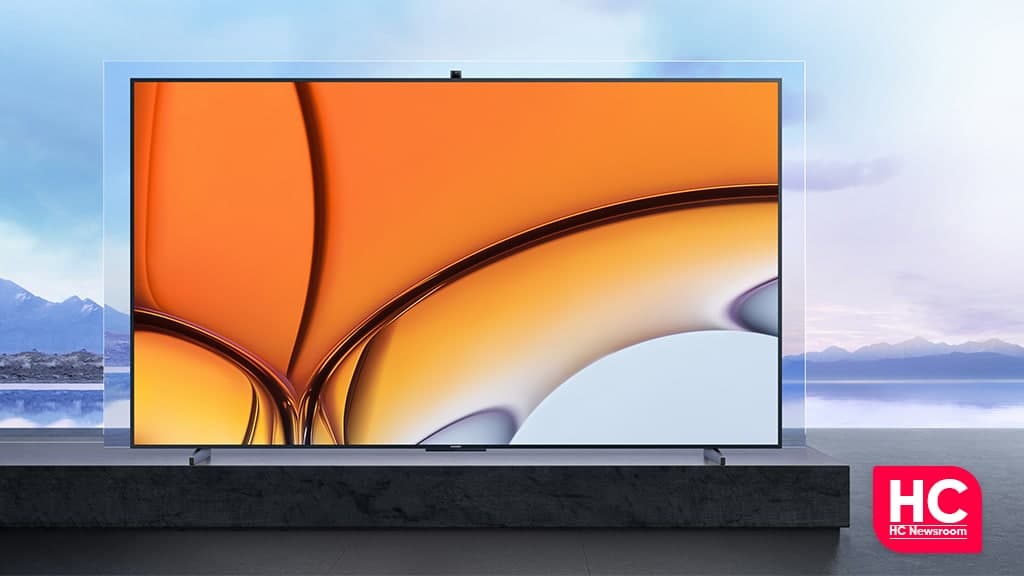Semiconductor
Huawei developed low-latency image transmission technology, supporting 8K resolution

Huawei’s chip-making subsidiary, HiSilicon has announced to development of new low-latency image transmission technology to enriches multi-screen devices and enhanced the interactive streams experience.
Although Huawei faces a huge decline of about 88% in 1stQ 2021 but still, it wants to continue the research and development for bringing new technologies in the chip industry.
And now we can see the results of their hard work in the new Huawei HiSilicon image transmission technology to increase the image quality measurements mostly during live broadcasts.
![]()
HiSilicon Image Transmission Technology:
This new technology provides a full stack of solutions for high definition, (HD), ultra high definition (UHD), 4K, and 8K devices. You can see the dried description below-
- Lower Latency: HiSilicons’ self-developed HiAir ultra-low latency image transmission technology aims to establish a new standard by the next 3 years. it provides a combined benefit of Huawei Cast Plus, automatic device discovery, minimalist connection, and controlled experience.
- Protocol Deep Optimization: Huawei designed this technology with the Huawei Cast Plus, DLNA, Miracast, and Lelink.
- Low Memory Design: The image transmission technology uses lesser memory during processing with strong scalability.
- High Energy Efficiency Ratio: A User only has to connect the TV USB for electricity supply, during the whole process the temperature won’t go over 40 degrees.
- UHD Image Quality: This new technology will increase the industry’s image quality performance qualification (PQ) standards and provides the most compatible UHD image for media streaming.
Previous News:
In the previous month, HiSilicon opens the recruitments across various locations mainly including Beijing, Shanghai, Shenzhen, etc, for university freshers to provide them an opportunity to jointly develop future technologies. Furthermore, the recruitment categories include Chip, Hardware, Research, Software, Testing, and System.
It’s reported that Huawei wants to keep researching on chipsets and wants to develop its own semiconductor technologies to shrink dependence on other chip manufacturers.
(Via- Ithome)






